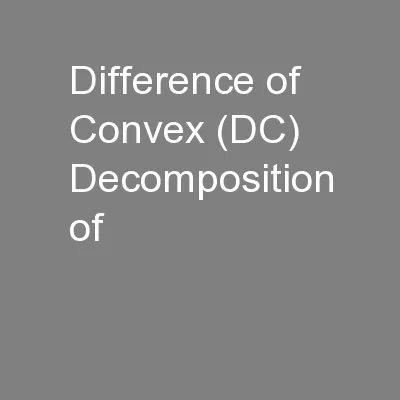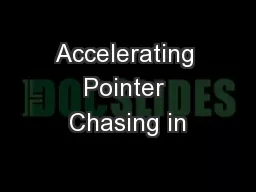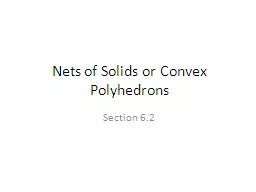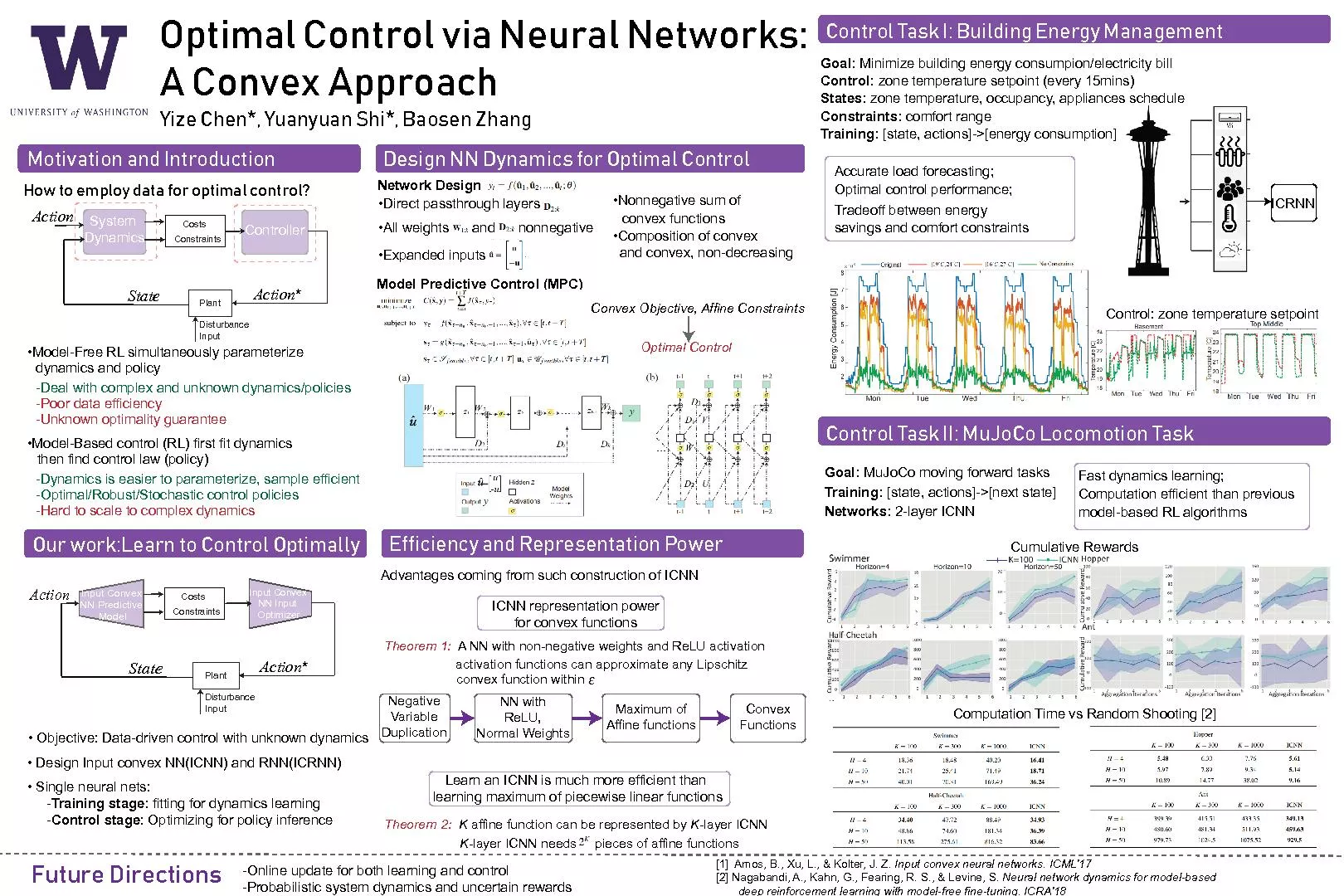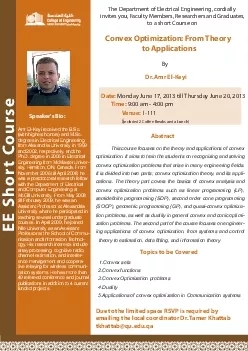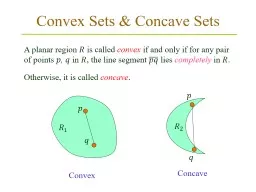PPT-Chasing Convex Bodies Mark Sellke
Author : webraph | Published Date : 2020-08-28
Partially Based on WORK FROM Microsoft Research With 1 1 3 4gt5 1 MSR Redmond 2 Weizmann Institute 3 University of Washington 4 Stanford 5 CMU Sébastien Bubeck
Presentation Embed Code
Download Presentation
Download Presentation The PPT/PDF document "Chasing Convex Bodies Mark Sellke" is the property of its rightful owner. Permission is granted to download and print the materials on this website for personal, non-commercial use only, and to display it on your personal computer provided you do not modify the materials and that you retain all copyright notices contained in the materials. By downloading content from our website, you accept the terms of this agreement.
Chasing Convex Bodies Mark Sellke: Transcript
Download Rules Of Document
"Chasing Convex Bodies Mark Sellke"The content belongs to its owner. You may download and print it for personal use, without modification, and keep all copyright notices. By downloading, you agree to these terms.
Related Documents



